Opinion: One secret to capture great travel images
Putting aside the technical stuff, the gear and the locations, the secret to great images comes from asking a few key questions before you press the shutter.
So you’ve booked that big trip and want to make sure at the end of it you have a collection of photos you love. In excited anticipation, you’ve looked at a few websites to get an idea of what others have taken, and you may have purchased some new gear, or maybe you’ve done a course or two.
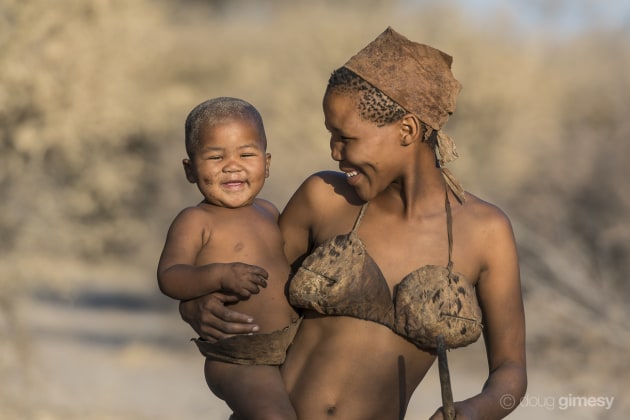
You’ve practised using your equipment so all the controls are second nature and you don’t have to take your eye away from the viewfinder during the action. You’ve got spare memory cards, maybe an extra battery or two, and a spare charger. You’ve got something to keep your equipment clean, and also something to back up your images on to. So you’re feeling pretty prepared, and in many ways you are.
But is there anything else you could do when you’re there, in the moment, which could really help make sure you get some images you’ll love?
The answer is yes, of course. I believe you need to stop and ask yourself ‘Why am I about to take this photo?’
Let me explain.
Why is the ‘why’ so important
Take a second and have a think about the last photo you took. Did you actually think about why you were taking it? If you did think about this, here’s another question. Did it achieve what you wanted, and if so, why? Or, if not, why not?

I know asking these questions may seem just too simplistic to be helpful, but if you’ve spent some time thinking about these before you pick up the camera, things actually start to change. You’ll also find that you’re better prepared to focus on what I think is the second most important factor in great photography. That’s how to make a great image in the simplest and most effective way.
The number of people who give me a blank look when I ask them why they want to take a photo at a certain time, or place, or event, is amazing. Of course they want to capture something, but why?
Now a quick word of warning. Stopping and thinking about this ‘why’ question may make the ‘how’ part much harder, and possibly even more expensive, but it may also make it easier and cheaper too, or just different.
But regardless of what it leads to, I’m pretty confident that if you stop and ask ‘why’ first, you’ll be happier with your outcome.
Thinking about your goals
In my experience, I’ve found that there are probably nine main reasons why people take photos when travelling:
- as a visual diary/record for yourself (i.e. memory shots)
- to help tell an important story to others (i.e. photo-documentary)
- to show off (i.e. create that ‘wow, I was there’ photo)
- for the pure joy/fun
- as a technical or creative challenge
- to learn to really see
- to be in the moment (i.e. as a form of mindfulness)
- to generate sales (i.e. sell prints or generate stock images)
- they’re on assignment (i.e. a specific job)
I am certain there are more, and of course all of these are not mutually exclusive, but I find if you start thinking about why and focusing on just one or two, it will start changing not only what you shoot, but also when you shoot, and maybe what equipment you use.

Here’s an example. When I first started as a professional photographer, I went out with the approach that every photo I took had to be technically perfect, and every photo had to be of publication or print quality. I went out with every expensive piece of kit I could carry ‘just in case’. Every photo I took had to be a ‘wow’ photo, and one that someone would want to buy or publish.
And whilst that sounds like a very sensible approach for any professional photographer, the thing is, I’m not always a professional photographer, and I was missing out on so many of the other benefits photography can provide by having this mindset all the time.
I rarely took a photo just for fun, or a series of quick memory snaps just to help me recall the moment. Looking back, it wasn’t very often that I’d slow down and focus on where I was and enjoy being in the moment.
If you’ve ever seen the film The Secret Life of Walter Mitty, you may remember Sean Penn’s character, who, when presented with the opportunity to take an image he’d been trying to capture for a lifetime, decided to just watch the scene unfold and not even capture it.

Now I’m not suggesting you do this if this happens to you, but his approach is an important one to keep in mind: don’t forget to step back and appreciate the moment.
Live the moment
If you’re about to take a photo of a loved one, or a place you love just for the memory of it, does it really have to be technically perfect? I’d suggest it doesn’t. Why waste your time with the technical or compositional details, when you could just take a quick snap and then spend the rest of the time actually enjoying the moment?
The image below taken in South Georgia is one of my all-time favourites.
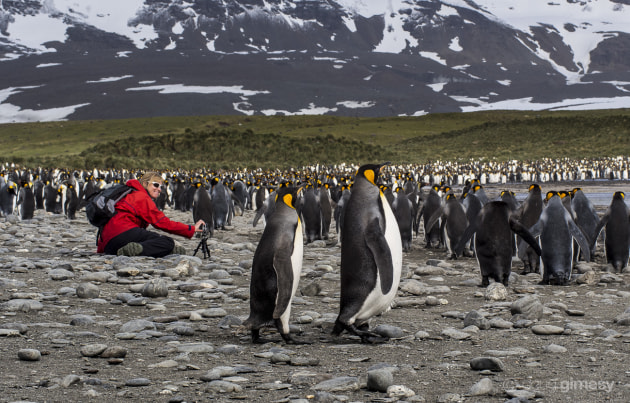
It’s neither technically brilliant nor a ‘wow’ image. There are so many other photographers who will always take better polar photos than I ever will. But this is one of my all time favourites as it shows the person I love most in the world (my partner Heather), in one of the places I love most in the world (South Georgia), and Heather clearly just loving being there.
That’s it. It’s just a wonderful memory shot for both of us, and gives us everything we would want out of a photo like this. Had I spent the 10 minutes trying to determine the right lens to use, or trying to get the perfect composition, or waiting for the best light, would the shot be better? Maybe, but I certainly would have missed being in the moment, her joy at that time, and the wonderful experience of being there, for no real benefit.
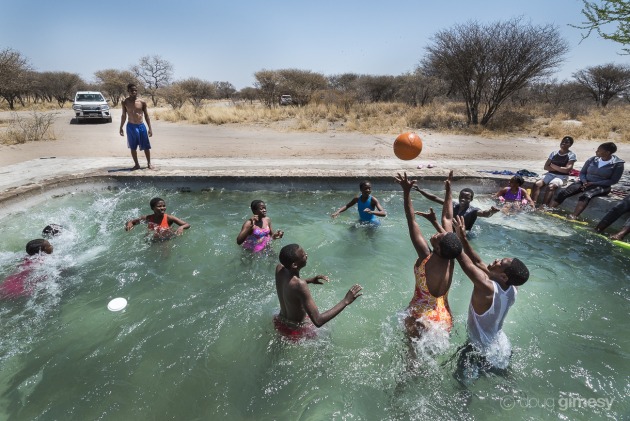
I knew even before we went out that day, that all I really wanted to do was capture a memory of our experience, so with this in mind, I just needed to take a wide scenic picture with at least one of us in it. Job done – then I could then just sit and enjoy the wonder that is South Georgia.
Now the whole trip wasn’t like that because that’s not what I do. The next day was all about trying to take magazine quality images (I got a few), and I have to admit I don’t even remember seeing Heather that day. I’m sure I must have, but I have no photos of that day with Heather in them. But that’s OK: it was a deliberate decision about why I was taking pictures and what I wanted to get out of them – a decision that changed not only the outcome, but also the experience.
Be flexible
There are also many times when I find myself starting out with one or two clear objectives, and as the situation changes, or my mood does, so do my objectives. A few years ago for example, I was in Spain on holidays with the plan (and promise to Heather) that ‘most’ pictures would be just memory snaps. Notice my get-out-of jail term ‘most!’.
One afternoon we headed out to look around, just to take some ‘memory’ shots. As we were standing in a Madrid railway station, the lighting, the colours and the blur of the express trains going past just seemed a great opportunity to try to capture something creative for either a travel magazine or a stock library.
So I asked Heather if… well, you can guess what happened next… she said OK. I dashed back to my hotel and grabbed my DSLR, 35mm prime, tripod and, after about 15 minutes I managed to take the image below.
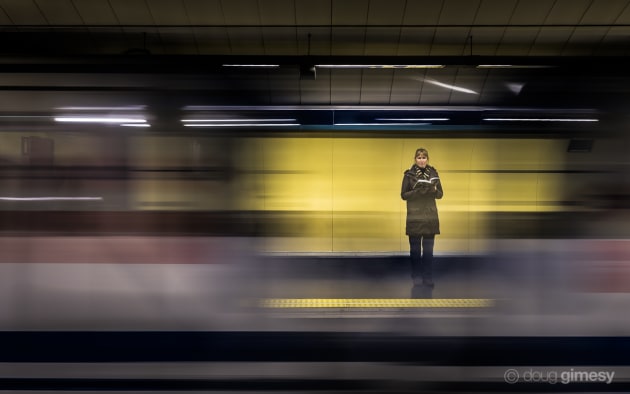
Conversely, there have been times when I’ve had no real intent of even taking a picture, but an opportunity arises. Spending just a couple of seconds to think about why I’m taking it makes all the difference.
The image below came about as I was sitting outside at a restaurant when I noticed people stopping to look into this wonderful cake shop. What was my objective? Well, when I went out I didn’t have one, but at the time I was also shooting a series of travel images on Melbourne and always carried my camera with me, so I decided to approach this moment as a paid assignment.
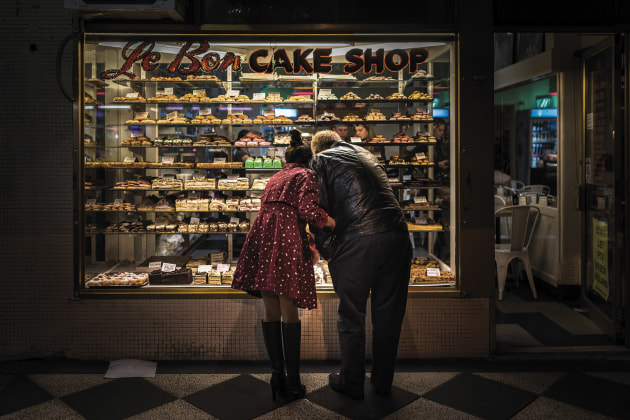
Luckily it only took about 10 minutes to get the image I wanted, however if it had just been a memory shot, it would have been done in 30 seconds.
So given all of this, how do you really decide what might be the best objective for a given circumstance is when taking travel photos? Excluding being on assignment, photography (like any art) is such a personal pursuit that I can’t answer that for anyone else but myself.
What I will suggest however, is that before you pick up your camera, or even decide what equipment to take, just slow down and ask yourself, ‘Why am I taking these photos?’ Doing this one simple thing will help make sure you get the best travel photos you can, or at least have the best photography experience you can. I promise it will make a difference. ❂
About the author: Doug Gimesy is a professional award winning conservation & wildlife photographer who travels a lot. See more of his work at gimesy.com, and on instagram @doug_gimesy.


